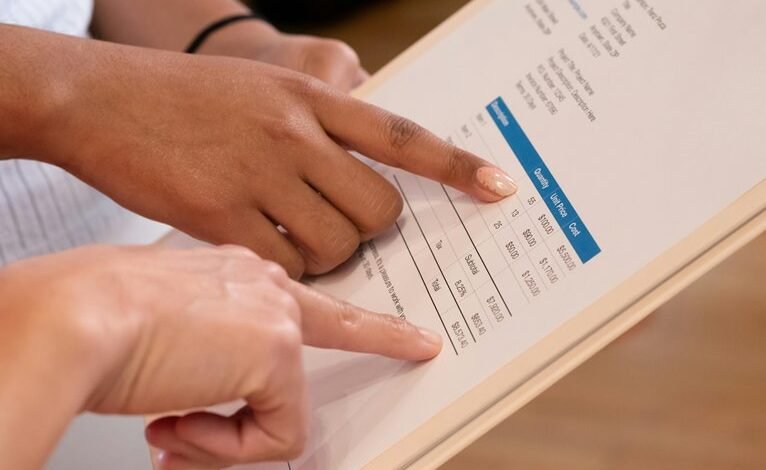Call Verification Records: 2565103546, 2565405066, 2565488647, 2565675872, 2566156921, 2566296248

Call verification records for numbers 2565103546, 2565405066, 2565488647, 2565675872, 2566156921, and 2566296248 serve as critical tools for organizations seeking to enhance communication integrity. These records provide valuable insights into patterns and interactions, which can influence operational effectiveness. Furthermore, they play a pivotal role in safeguarding against fraudulent activities. The implications of these findings can reshape how organizations approach communication security and employee engagement, leaving key questions unanswered.
Importance of Call Verification Records
The significance of call verification records lies in their critical role in enhancing accountability and transparency within communication frameworks.
By implementing robust call authentication processes, organizations can effectively deter fraudulent activities, ensuring the integrity of their communications.
This proactive approach to fraud prevention not only safeguards sensitive information but also fosters trust among stakeholders, ultimately promoting a more secure and liberated communication environment.
Analyzing Specific Call Records
Examining specific call records provides valuable insights into communication patterns and behaviors within an organization.
By analyzing call duration and call frequency, one can identify trends in employee engagement and connectivity. Notably, longer call durations may indicate deeper discussions, while high call frequency could suggest urgency or collaboration.
Such data empowers organizations to enhance communication strategies and foster a more connected work environment.
Protecting Yourself Against Phone Scams
As organizations analyze call records for insights into employee communication, an equally important aspect of phone usage is the need for vigilance against phone scams.
Effective scam prevention requires robust caller identification methods. Individuals should utilize technology that identifies potential scam numbers and remain skeptical of unsolicited calls, thereby safeguarding personal information.
Awareness and proactive measures are essential in combating the evolving landscape of phone fraud.
Conclusion
In conclusion, call verification records serve as a vital safety net in the vast ocean of communication, much like a lighthouse guiding ships away from treacherous rocks. By meticulously analyzing the records of numbers such as 2565103546 and 2565405066, organizations can illuminate patterns that enhance trust and deter fraud. Just as sailors rely on these beacons, stakeholders can depend on robust verification processes to navigate the complexities of modern communication, ensuring a safer and more transparent environment.



